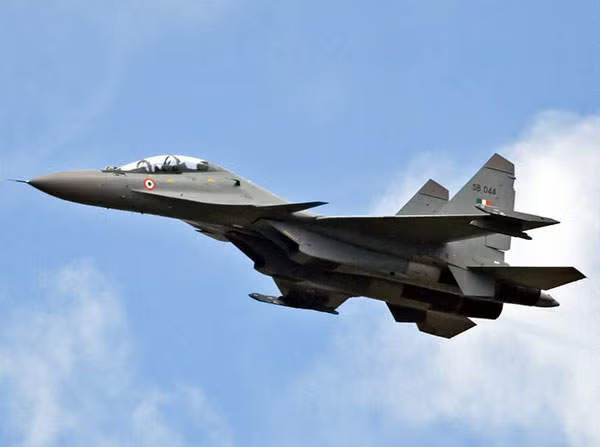By Veronika Bondarenko
WASHINGTON (Thestreet.com) — Bordered by Türkiye to the east and Iran to the south, the nation of Armenia has seen a strong boost in tourism over the last half-decade.
With the largest numbers of tourists visiting from Russia and Iran, the country that straddles Asia and Europe — Armenia is geographically in West Asia but belongs to several European organizations like the Council of Europe — has recently also seen growing numbers of tourists from the United States and other Western countries.
The 334,396 foreign visitors who came to Armenia in August 2025 represent an 11.1% increase from the same month in 2024.
Some of the most popular destinations are Yerevan, the capital that is also called “The Pink City” due to the pink tuff stone used to construct many of its buildings, and natural wonders like Lake Sevan and the Symphony of Stones.
Armenia is generally considered a very safe country for tourists to visit; the U.S. State Department keeps it at the same “exercise increased caution” that it also assigns to France, Italy, and Thailand.






